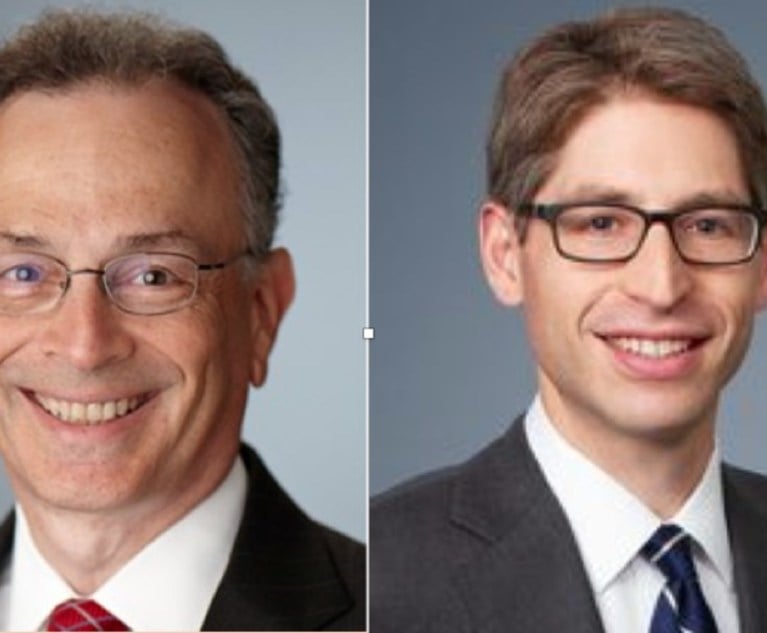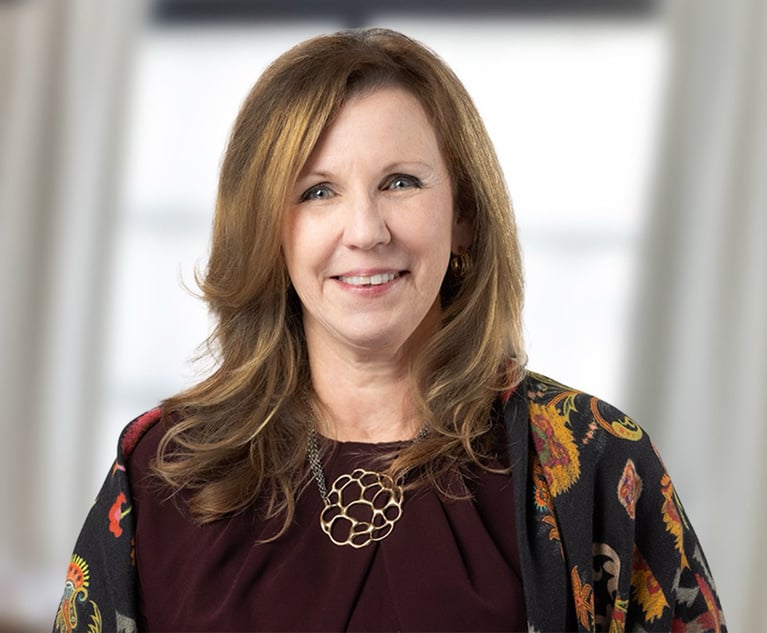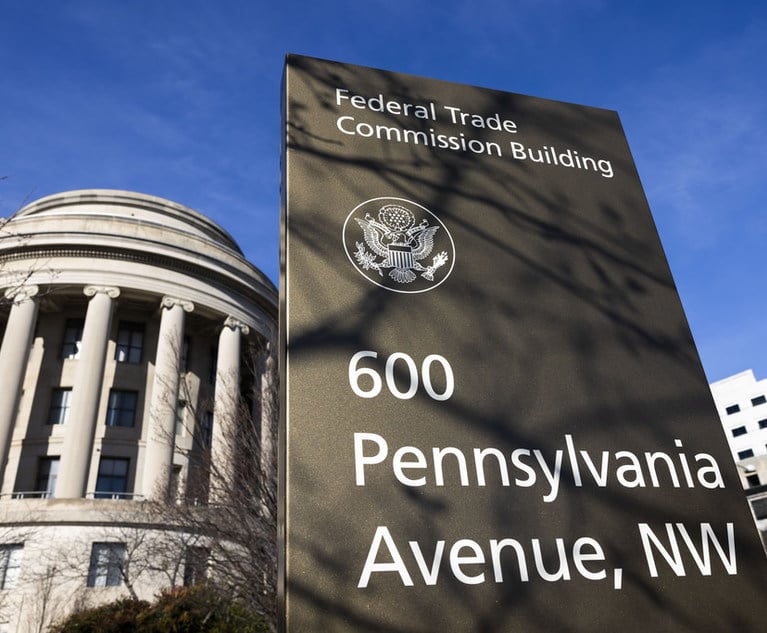Workplace sexual harassment, from hostile work environment to unwelcome sexual advances or requests, is in the news on a daily basis. While the Harvey Weinstein case broke open the floodgates, and #MeToo is Time’s “Person of the Year,” nearly every facet of society seems to be grappling with sexual harassment in the workplace. It has come to light that many of the accused perpetrators in the news have had multiple accusers. And we have learned that many have settled their harassment claims with a sum of money and a non-disclosure agreement. While such resolutions provide some recourse, several questions are left open. Namely: How can a victim’s voice and story be heard? How should a perpetrator be held accountable? What is the effect of non-disclosure agreements on the deterrence of future (mis)conduct by the perpetrator?
As mediators, these ongoing conflicts and their monetary payouts and non-disclosure agreement resolutions leave us grappling with the potential benefits for the parties of an alternative forum for the hostile work environment claims. In this article, we consider the appropriateness of a forum that provides an opportunity to be heard and to work autonomously to craft solutions beyond the scope of financial settlements. Of course, the choice whether to mediate (or continue to mediate) is fully voluntary. The notion of engaging in direct discussions with one’s abuser may be an unappealing or even frightening alternative for some sexual harassment victims—and they may pursue a court or EEOC procedure. For those who choose to mediate, the mediations may be multi-party, as participants in these cases are not only the victim and the accused perpetrator, but also often the employer, who may be held accountable pursuant to Title VII of the Civil Rights Act of 1964. Consider, for example, what NBC’s liability might be for Matt Lauer’s alleged repeated sexual harassment of co-workers.


 Abby Tolchinsky and Ellie Wertheim
Abby Tolchinsky and Ellie Wertheim




